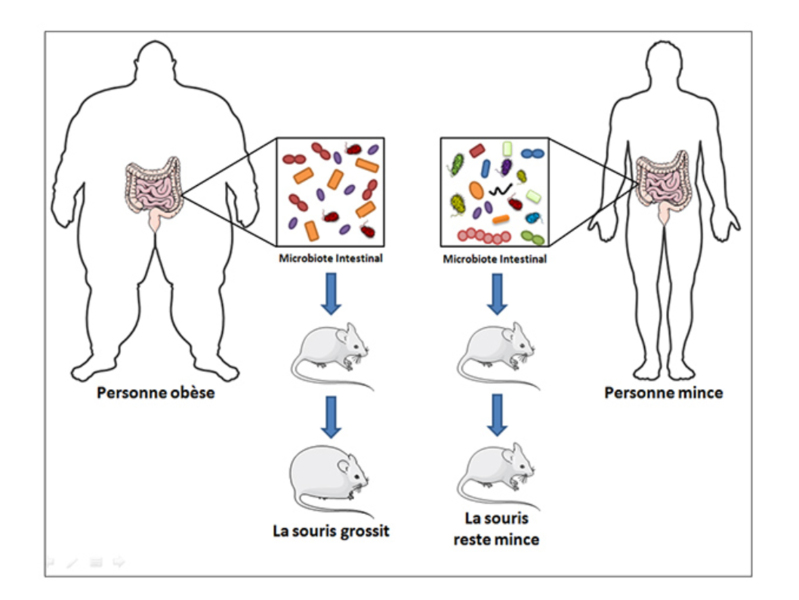Each individual has a personalized micro-biome with trillions of bacteria weighing about half a pound. We receive this microbiome at birth as a departing gift from our mothers, but this microbiome does not remain the same through the years. Studies by Dan Knights from the University of Minnesota have shown, however, that geographic location and diet results in shifts in our gut microbiota.
So what does this mean?
The study by Dan Knight shows that immigration is causing dramatic shifts in new arrivals to the country. These new arrivals surveyed through stool samples are from places in Southeast Asia including 500 women of Hmong and Karen descent. These 500 women varied from individuals remaining in Thailand where most Hmong and Karen people live currently, first- and second-generation U.S. immigrants, and even included 19 Karen women followed through their first six to nine months in their new nation. All of these samples were then compared to 36 European Americans born in the United States.
On the microscopic level, the aforementioned immigrants are facing a shift in the gut microbiota from Prevotella bacteria to Bacteroides. “Prevotella bacteria produce enzymes that digest fibrous foods more common in Asia than the United States. In Thailand, the women ate more palm, coconut, a fruit called tamarind and the bulbous part of a plant named konjac.” This shift in bacteria causes a loss of 15% of microbiome diversity and furthermore does not shows signs of compensating for the loss of native microbes.
As the diversity shifts towards that of European American, obesity rates seem to spike among the population. The immigrants’ obesity rates increased by nearly six times, which is a drastic shift for the immigrants who held an originally low risk of metabolic disease. This shift, however, is still a complete mystery. The researchers cannot pinpoint the true cause as diet, location, medicines, water composition, or an unknown but there is a clear correlation between obesity and the lessened diversity in the gut microbiota. This correlation was discovered through an experiment involving mice injected with germs from obese women. These mice subsequently became heavier despite having the same food as their lean equivalents. Knight and his colleges plan to continue their studies in hope to possibly provide a solution to obesity through the injection of Prevotella, as they are driven by the intense sensitivity and stake of their subjects’ health.
While immigration to the United States, a place of opportunity, may appear a blessing it does not come without risks. As the leading nation in obesity, it comes as no surprise that something is causing a drastic shifting in newly immigrated individuals’ gut microbiota and larger micro-biomes resulting in a higher risk of obesity. A gift and a curse, however, this phenomena has resulted in research that could possibly grant new insight on how to prevent obesity.




Leave a Reply